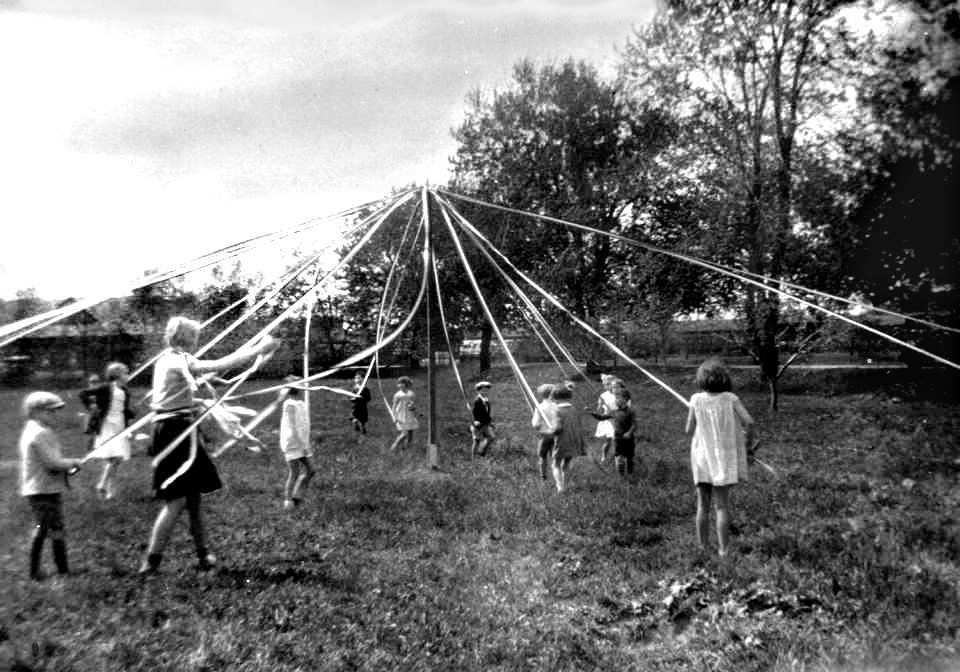For the next few decades, the celebration of Victoria Day spread through Canada. After Confederation, it started to make its way west into the new provinces of Manitoba, BC and throughout the vast Northwest Territories.
By the 1890s, it was seen as a patriotic holiday.
🧵4/12
By the 1890s, it was seen as a patriotic holiday.
🧵4/12

Comments
After her death in 1901, the holiday was made a statutory holiday in perpetuity.
🧵5/12
🧵6/12
From 1910 to 1952, the day only honoured Queen Victoria's role as the "Mother of Confederation". The reigning monarch's birthday was celebrated in June.
🧵7/12
It was changed from the fixed day to the last Monday before May 25. This ensured that Canadians would always receive a long weekend to start the summer.
🧵8/12
In 2013, there was an effort to change the name to Victoria and First Peoples Day. While it had several notable supporters, it was not considered in Parliament.
🧵9/12
🧵10/12